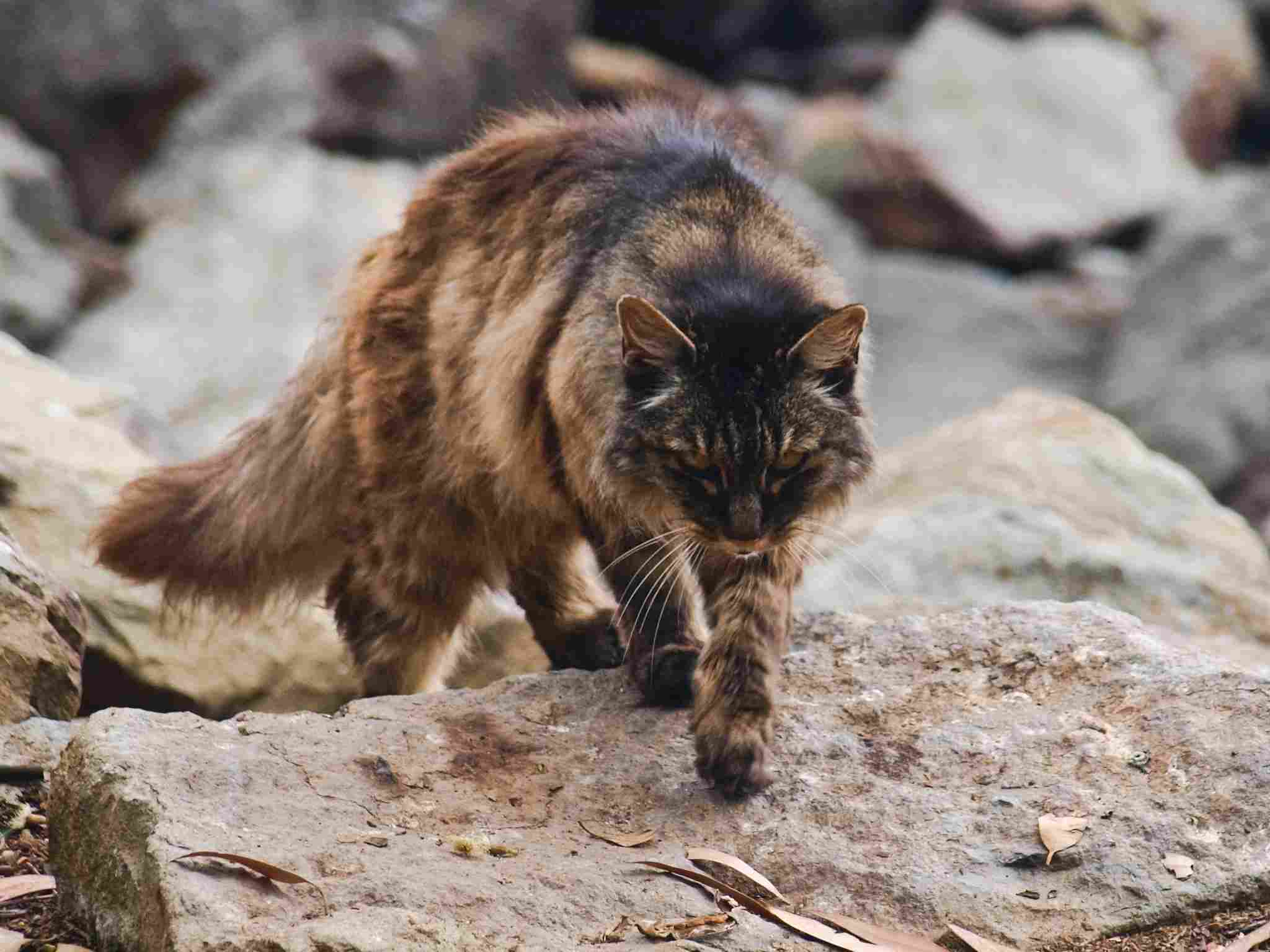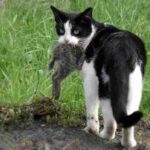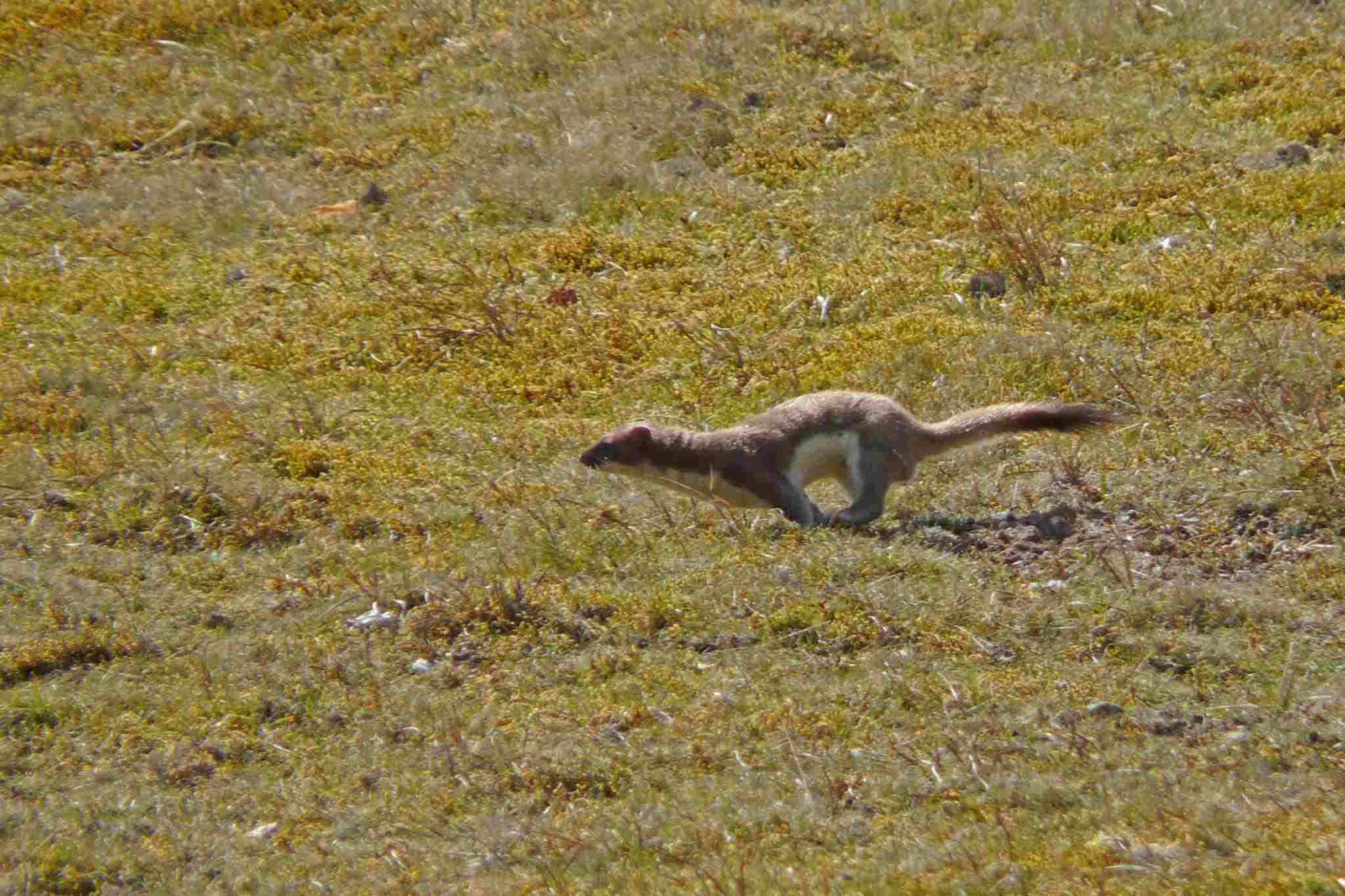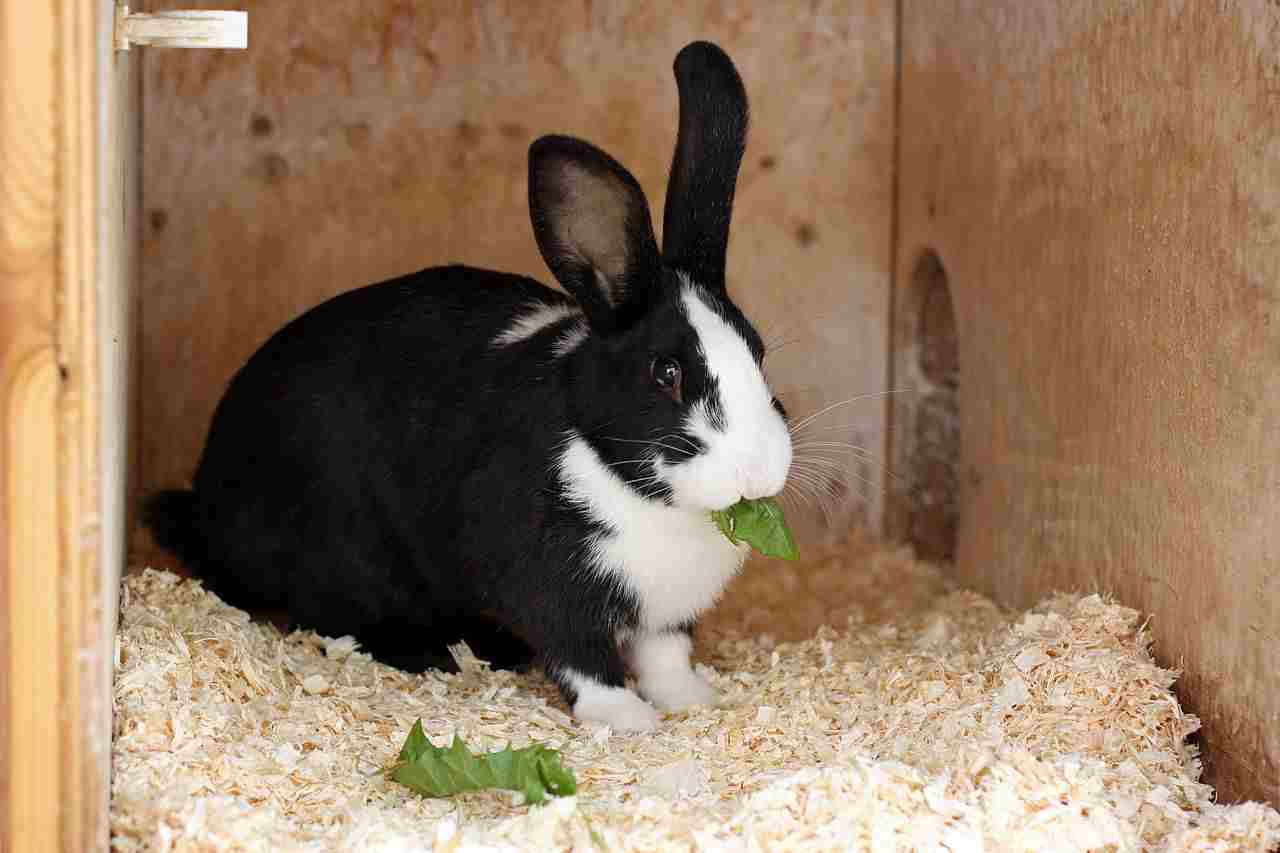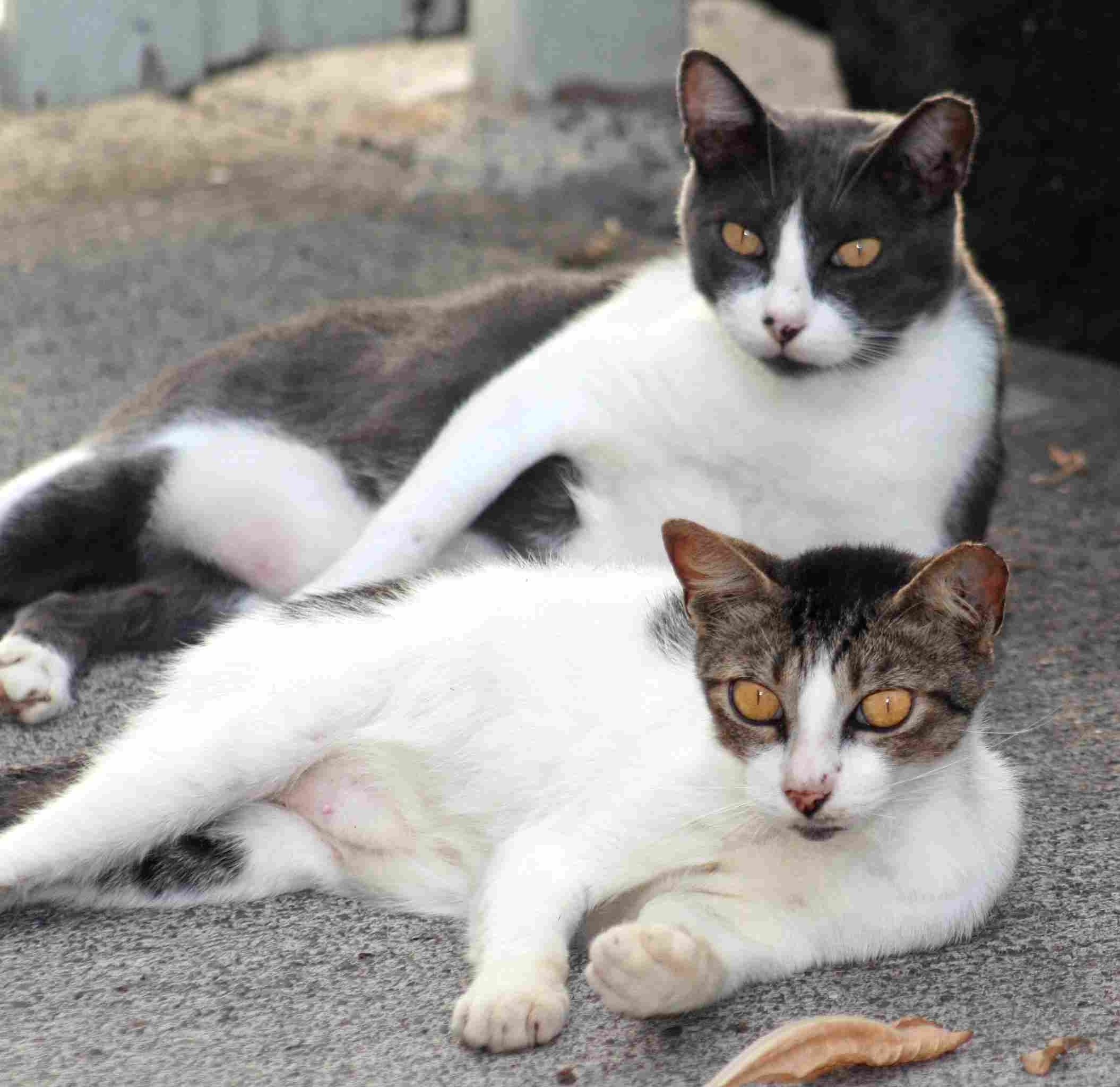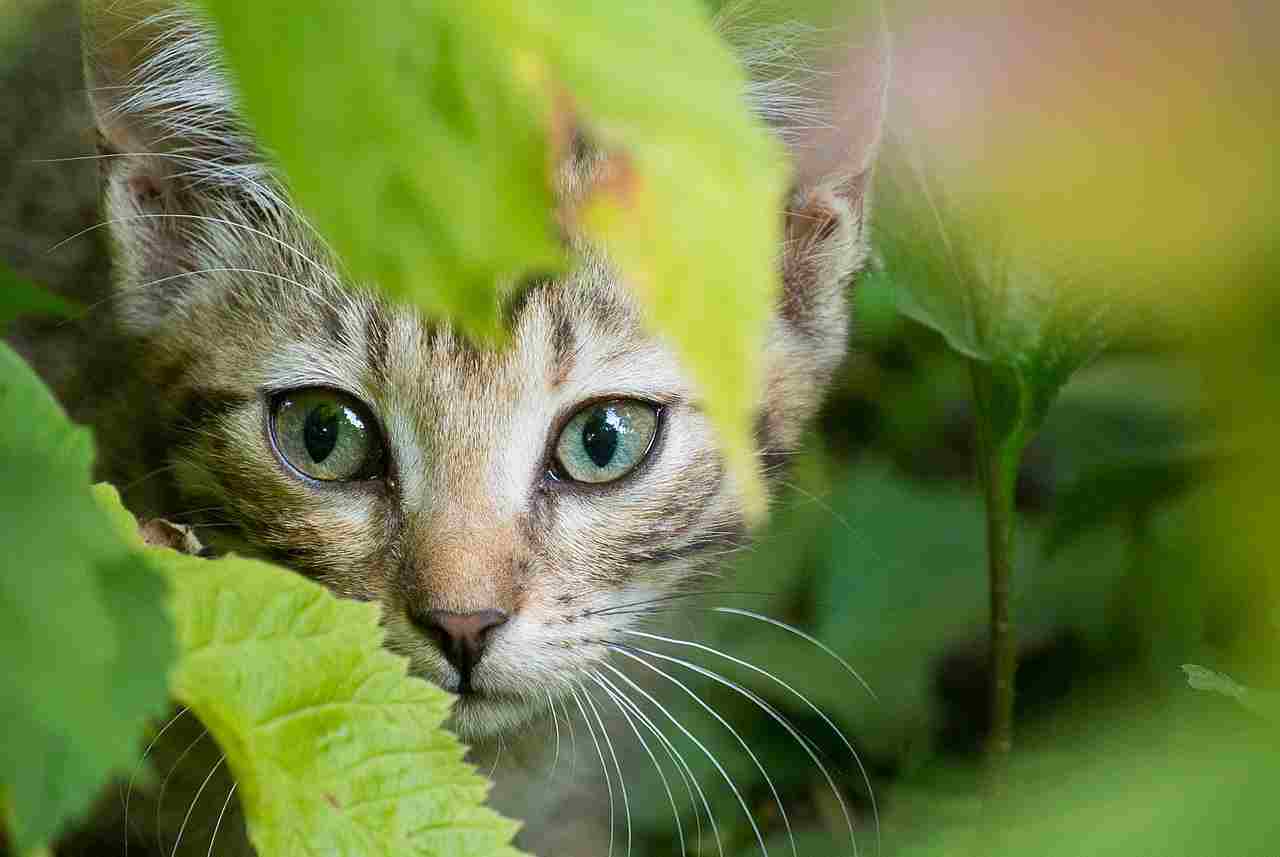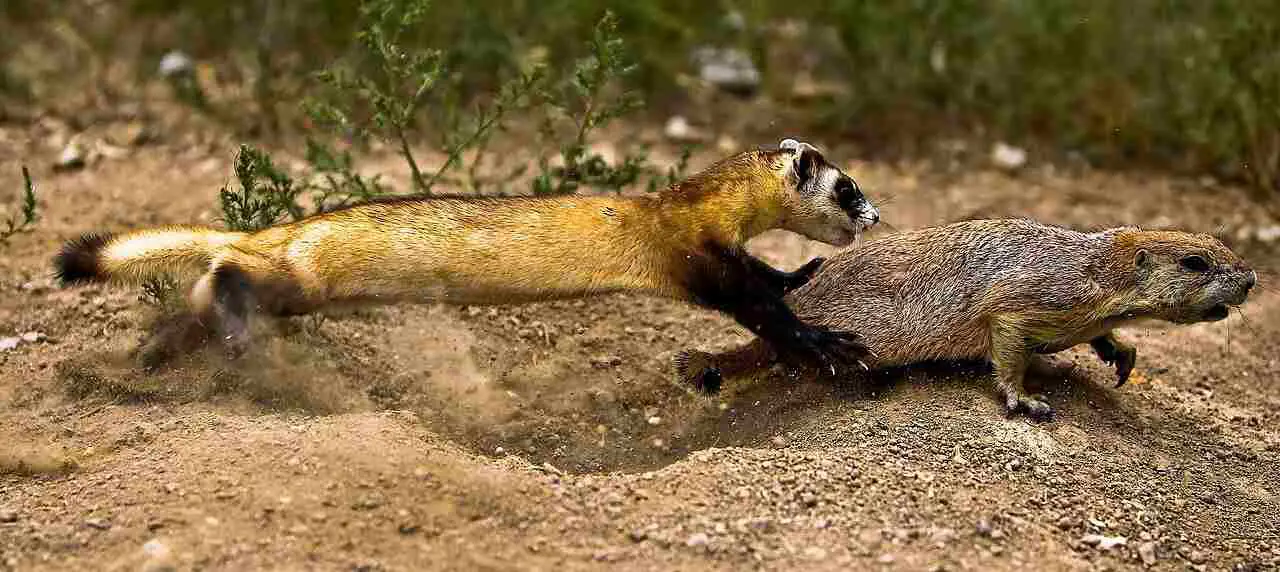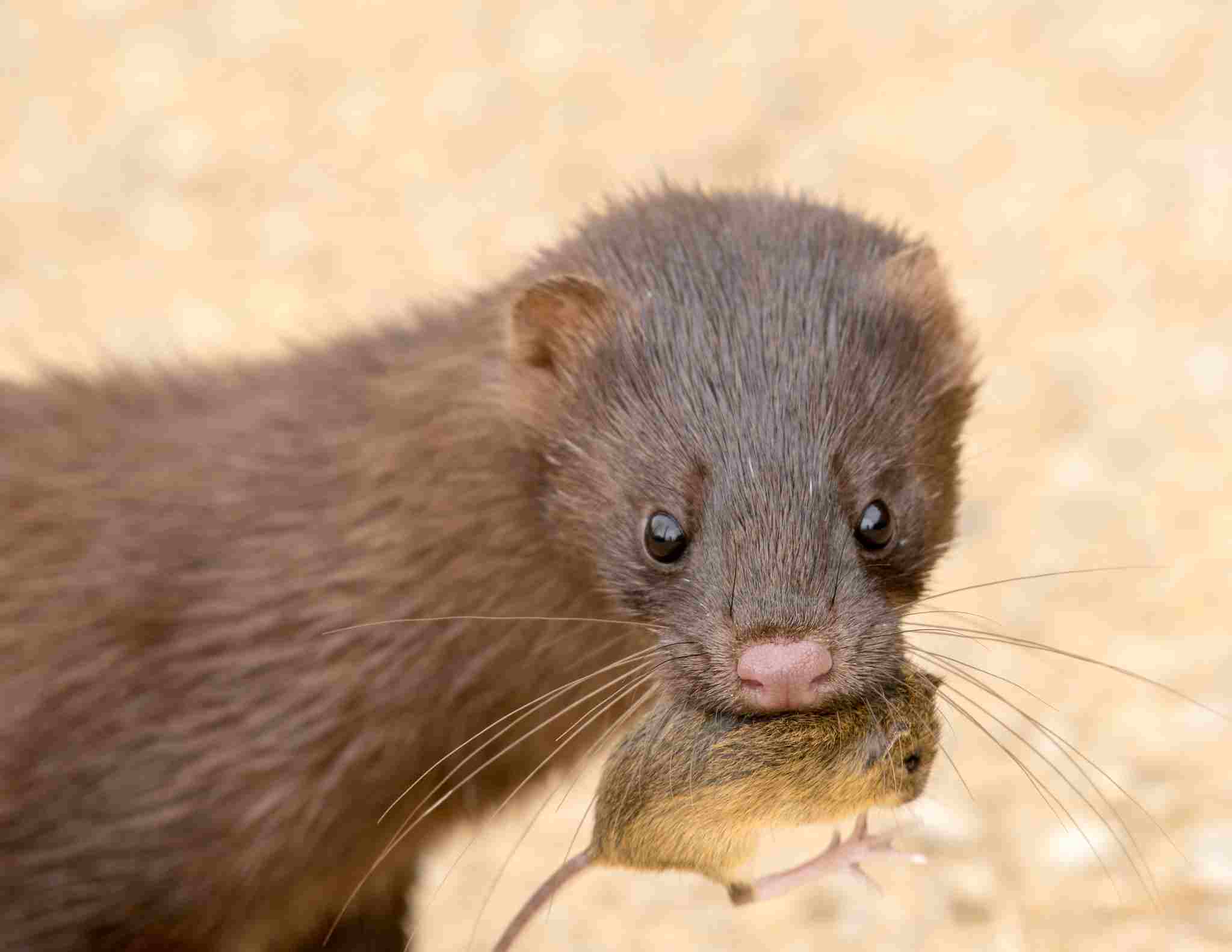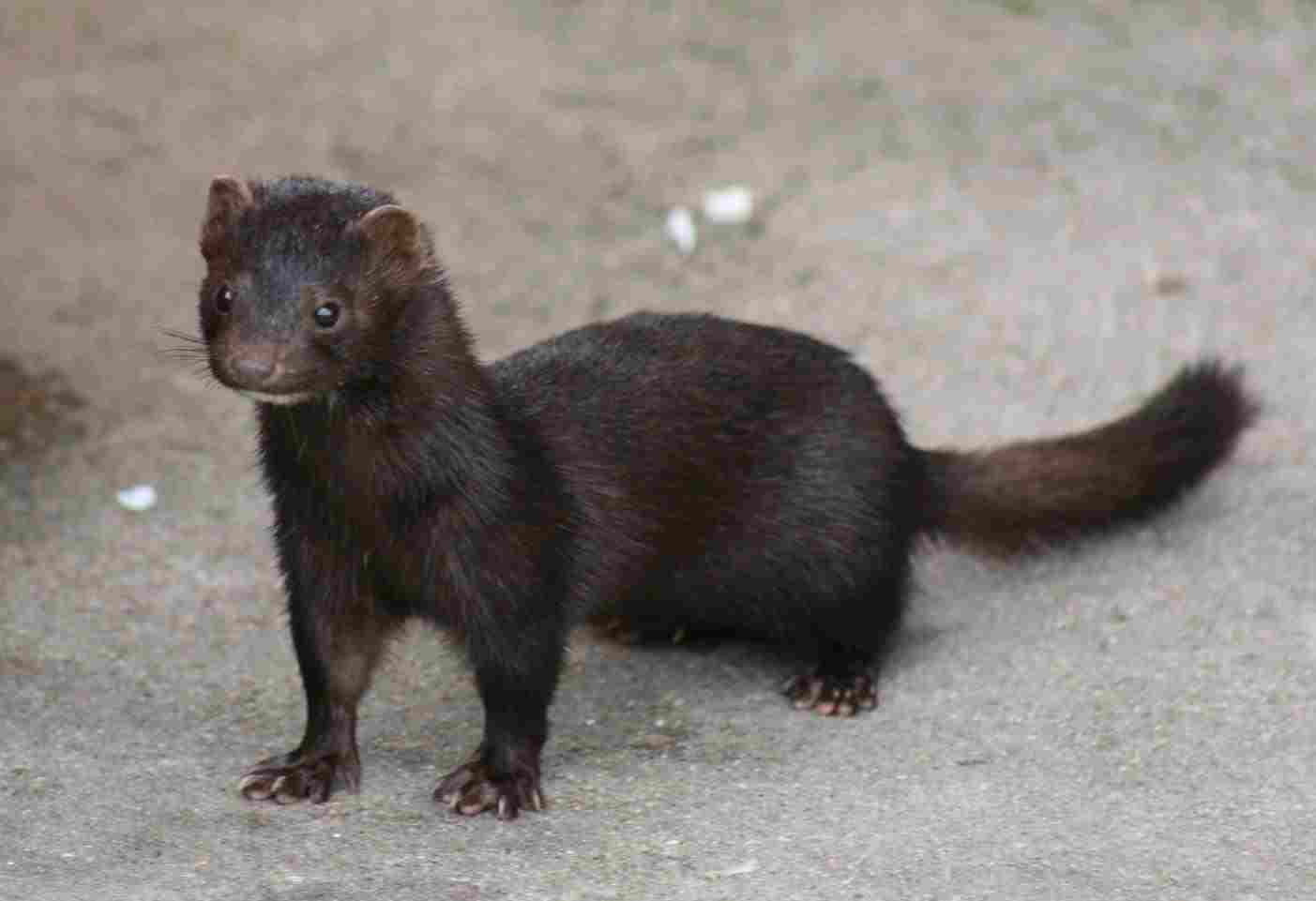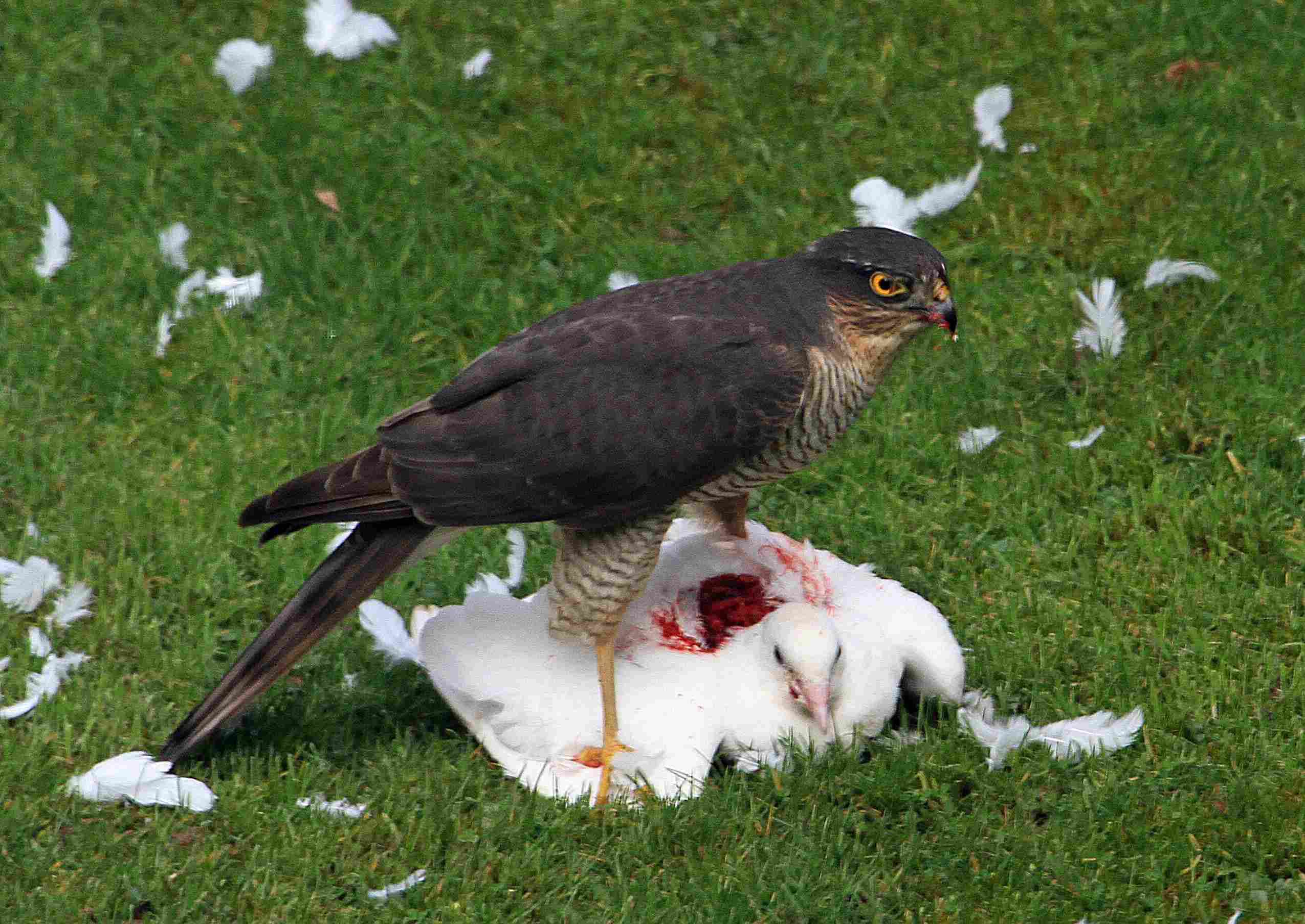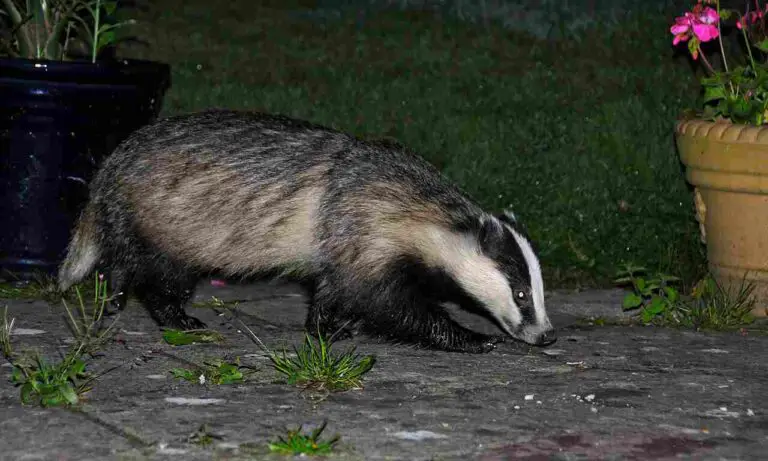7+ Predators In New Zealand and Their Characteristics
Examples of predators in New Zealand include feral cats, stoats, ferrets, weasels, and hawks, each impacting the country’s ecosystem in different ways. Feral cats are introduced predators that pose a significant threat to native wildlife, preying on birds and reptiles. Stoats, ferrets, and weasels were introduced to control rabbits but have become invasive predators, endangering native species like the Kiwi bird. Native hawks, such as the Australasian Harrier, play a natural role in regulating small mammal and bird populations. Conservation efforts in New Zealand focus on controlling introduced predators to protect native wildlife and preserve the country’s unique biodiversity.
1. Feral Cat
Feral cats are a significant threat to New Zealand’s native wildlife. Introduced to the country during European colonization, these cats have established thriving populations in both rural and urban areas. They are adept hunters, preying on a variety of native birds, reptiles, and insects. Their ability to reproduce quickly and their adaptability to different environments make them particularly challenging to control. The presence of feral cats has been linked to the decline and even extinction of some native species, which is a major concern for conservation efforts in New Zealand.
Efforts to manage feral cat populations in New Zealand are complex and often involve a combination of trapping, neutering, and relocation. However, these measures are not always sufficient to curb their impact on native wildlife. Community awareness and education are also vital in reducing the number of stray and feral cats. Despite these challenges, conservationists continue to work towards mitigating the threat posed by feral cats to preserve New Zealand’s unique ecosystem and its indigenous species.
2. Kiwi Bird
The Kiwi bird is an iconic symbol of New Zealand, representing the country’s unique biodiversity. Unlike other birds, Kiwis are flightless, with small wings and a distinctive long beak equipped with nostrils at the tip, allowing them to detect food underground. Native to New Zealand, these nocturnal creatures face significant threats from introduced predators like stoats, ferrets, and feral cats. As they typically nest on the ground, their eggs and chicks are particularly vulnerable. Conservation efforts to protect Kiwi populations focus on predator control, habitat restoration, and captive breeding programs to bolster numbers in the wild.
Despite these efforts, the Kiwi bird continues to face challenges due to habitat loss and predation. The dedication to preserving this unique species is strong, with various organizations and local communities actively involved in Kiwi conservation. Through a combination of public awareness campaigns, habitat management, and predator control, New Zealand is making strides in safeguarding this beloved national symbol for future generations.
3. Stoat
Stoats are introduced predators that have become a significant threat to New Zealand’s native wildlife. Brought to the country in the late 19th century to control rabbit populations, stoats quickly became a major problem for indigenous species. Their agility and efficient hunting skills make them a formidable predator, capable of preying on a range of native birds, including the Kiwi, as well as other small mammals and reptiles. Stoats are particularly problematic for ground-nesting birds, as they can easily access nests and are relentless in their pursuit of food.
New Zealand’s conservationists are working tirelessly to manage stoat populations through a variety of methods, including trapping, poisoning, and predator-proof fencing. These efforts aim to create safe environments for native species to thrive without the threat of stoats. Despite the challenges, significant progress has been made in reducing stoat numbers in certain areas, contributing to the recovery of several native bird species. However, ongoing vigilance is required to ensure that stoat populations remain in check and do not pose a renewed threat to New Zealand’s unique biodiversity.
4. Ferret
Ferrets were introduced to New Zealand in the late 19th century as a means of controlling rabbit populations, but they have since become a significant problem for native wildlife. Known for their sleek bodies and sharp teeth, ferrets are highly effective predators, capable of preying on a wide range of species, including birds, rodents, and reptiles. Their introduction into the wild has had severe consequences for native bird populations, particularly those that nest on the ground, such as the Kiwi. Ferrets are also known to spread diseases like bovine tuberculosis, posing additional risks to livestock and other wildlife.
Conservationists in New Zealand are focused on managing ferret populations to protect native species and prevent further ecological damage. This involves extensive trapping, community education, and targeted control programs in areas with high ferret activity. Despite these measures, ferrets remain a persistent threat, and their control requires continuous effort and resources. By minimizing ferret populations, New Zealand aims to create safer habitats for its unique and vulnerable native wildlife.
5. Weasel
Weasels are small, agile predators that were introduced to New Zealand to control rabbit populations but have since become a significant threat to the country’s native wildlife. With their slender bodies and sharp hunting instincts, weasels are capable of preying on a variety of native birds, small mammals, and reptiles. Their presence in the ecosystem has been linked to the decline of several native species, particularly ground-nesting birds that are easily targeted by these efficient hunters. Weasels are known for their ability to squeeze into tight spaces, making them particularly challenging to control in certain environments.
To mitigate the impact of weasels, conservationists in New Zealand have implemented a range of control measures, including trapping, poisoning, and habitat management. These efforts aim to protect vulnerable native species and reduce weasel populations in critical areas. Despite ongoing challenges, these control programs have seen some success in reducing weasel numbers and enabling the recovery of certain native bird species. The continued focus on weasel management is crucial for maintaining New Zealand’s unique biodiversity and preserving its native wildlife.
6. Haast’s Eagle
Haast’s Eagle (Harpagornis moorei) was once the world’s largest eagle, endemic to New Zealand, and believed to have gone extinct around the 15th century. This massive raptor, with a wingspan reaching over 3 meters and weighing up to 15 kilograms, was a formidable predator. It primarily hunted large prey like the moa, a giant flightless bird, and its size and strength were adaptations to the unique fauna of New Zealand before human colonization. The extinction of Haast’s Eagle is closely tied to the extinction of the moa, driven by early Māori hunting and habitat changes, highlighting the interconnectedness of species within ecosystems.
Though Haast’s Eagle no longer soars through New Zealand’s skies, its legacy continues to intrigue scientists and conservationists. Fossil evidence and studies into the bird’s biology have provided insights into prehistoric New Zealand’s ecosystem and the impacts of human arrival. Conservation efforts to protect New Zealand’s current bird populations aim to prevent the loss of other unique species, ensuring that the fate of Haast’s Eagle serves as a cautionary tale for the importance of preserving biodiversity and the intricate balance within ecosystems.
7. Hawk
Hawks in New Zealand are primarily represented by the Australasian Harrier (Circus approximans), a native raptor found across the country. These birds of prey are versatile hunters, known for their keen eyesight and agile flight. The Australasian Harrier is an important part of New Zealand’s ecosystem, preying on small mammals, birds, and carrion. Unlike many other introduced predators, hawks are native to New Zealand and play a natural role in controlling populations of other wildlife. They can often be seen soaring over open landscapes, fields, and wetlands, searching for their next meal.
The Australasian Harrier is not considered a threat to New Zealand’s native species, but rather a crucial component of the ecosystem. They contribute to the natural balance by scavenging and controlling other animal populations. Conservation efforts for hawks focus on preserving their habitats and ensuring they can continue to thrive in their native environments. As top predators, hawks also serve as indicators of ecosystem health, with their presence and behavior providing valuable information about the state of the environment.
8. Spider
New Zealand is home to a diverse array of spiders, many of which are unique to the country. While spiders may not fit the typical image of a large predator, they play an essential role in the ecosystem by controlling insect populations. The country’s native spiders come in various shapes and sizes, from the common orb-weavers that spin intricate webs to trap their prey, to the more elusive ground-dwelling spiders that hunt using stealth and agility. Despite their often misunderstood reputation, spiders are vital for maintaining ecological balance, acting as natural pest control agents.
New Zealand has a relatively low number of harmful or venomous spiders compared to other regions, with most native species posing little threat to humans. Conservation efforts for spiders focus on habitat protection and maintaining healthy ecosystems where these arachnids can thrive. Spiders also contribute to the food web, serving as prey for other animals like birds and small mammals. By preserving spider habitats and recognizing their ecological importance, New Zealand can ensure these often-overlooked predators continue to contribute to the health and stability of the environment.
*Summary
-
Feral Cat
-
Introduced predator causing significant harm to New Zealand’s native wildlife.
-
Preys on birds, reptiles, and insects.
-
Requires complex management efforts, including trapping and neutering.
-
Conservationists are working to mitigate its impact on native species.
-
-
Kiwi Bird
-
Iconic flightless bird of New Zealand.
-
Threatened by introduced predators like stoats and ferrets.
-
Conservation efforts focus on predator control and habitat restoration.
-
Community involvement plays a significant role in its protection.
-
-
Stoat
-
Introduced to control rabbits but became a threat to native species.
-
Agile predators preying on birds, small mammals, and reptiles.
-
Conservationists implement trapping, poisoning, and predator-proof fencing.
-
Requires continuous effort to manage their populations.
-
-
Ferret
-
Introduced to control rabbits but became a significant predator of native birds.
-
Spreads diseases like bovine tuberculosis, posing risks to livestock.
-
Conservation efforts include trapping, community education, and targeted control programs.
-
Continues to pose challenges despite ongoing management efforts.
-
-
Weasel
-
Introduced predator known for preying on a range of species.
-
Difficult to control due to their small size and agility.
-
Conservation efforts focus on trapping and habitat management.
-
Requires continuous control measures to reduce their impact on native wildlife.
-
-
Haast’s Eagle
-
Extinct predator once endemic to New Zealand.
-
The largest eagle known to have existed, primarily hunted moa.
-
Extinction tied to human colonization and loss of prey.
-
Serves as a cautionary tale for the impact of human activity on ecosystems.
-
-
Hawk
-
Native raptor, primarily the Australasian Harrier.
-
Plays a natural role in controlling small mammal and bird populations.
-
Important for maintaining ecosystem balance.
-
Conservation efforts focus on preserving their natural habitats.
-
-
Spider
-
Diverse array of native spiders in New Zealand.
-
Plays an important role in controlling insect populations.
-
Mostly harmless to humans.
-
Conservation efforts focus on habitat protection and recognizing their ecological importance.
-
| Category | Description |
| Feral Cat |
Introduced predator preying on birds, reptiles, and insects. Management efforts include trapping, neutering, and community education.
|
| Kiwi Bird |
Iconic flightless bird facing threats from introduced predators like stoats and ferrets. Conservation focuses on predator control and habitat restoration.
|
| Stoat |
Introduced to control rabbits, but became a threat to native wildlife. Conservation involves trapping, poisoning, and predator-proof fencing.
|
| Ferret |
Introduced predator spreading diseases and preying on native birds. Management includes trapping and community education.
|
| Weasel |
Small and agile predator difficult to control. Conservation efforts focus on trapping and habitat management.
|
| Haast’s Eagle |
Extinct large predator that primarily hunted moa. Its extinction is a cautionary tale about human impact on ecosystems.
|
| Hawk |
Native raptor playing a key role in controlling small mammal and bird populations. Conservation focuses on preserving habitats.
|
| Spider |
Diverse native species that control insect populations. Mostly harmless to humans, with conservation focusing on habitat protection.
|
